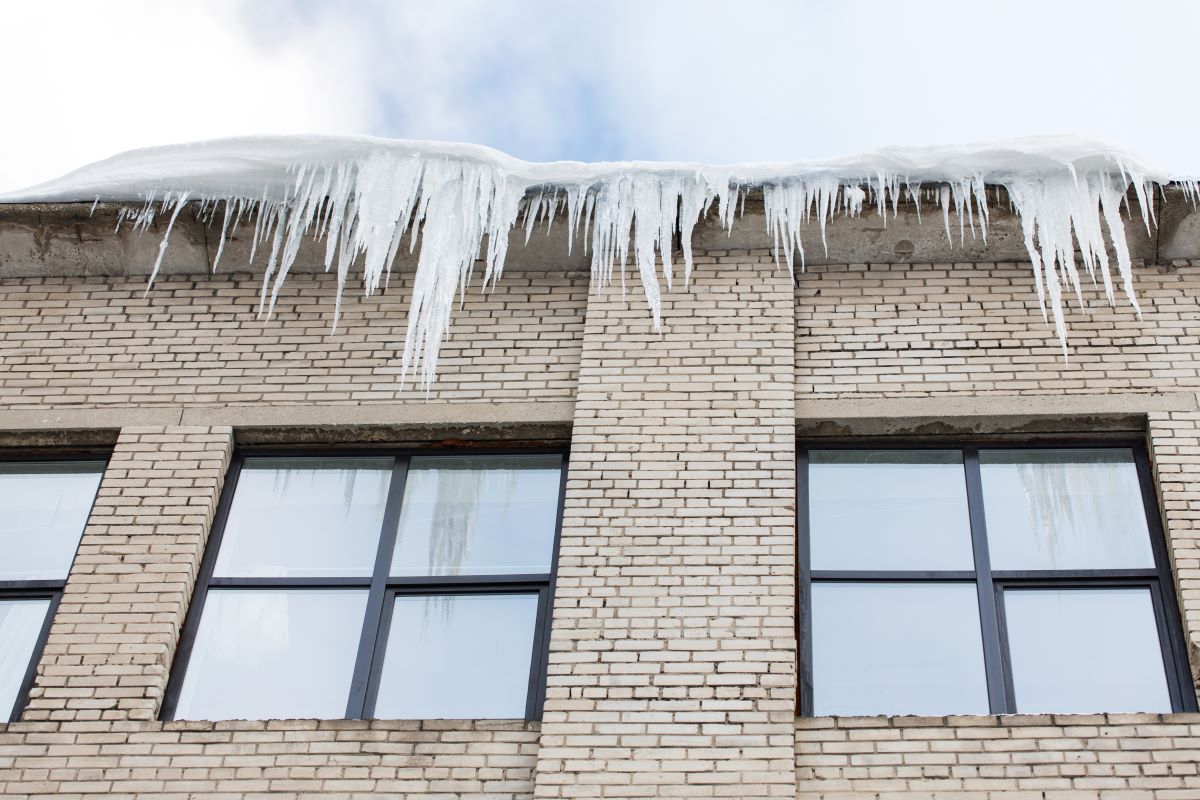By Pat Muller, Ready 2 Respond Trainer
Cold winter weather presents unique challenges for protecting equipment from damage and preparing for unexpected water issues, such as flooding from burst pipes. Dehumidifiers, a critical tool for handling any drying job, are especially at risk in colder temperatures.
Just as regular oil changes and tire pressure checks keep a car running smoothly through winter, proactive seasonal maintenance helps ensure drying equipment remains reliable and efficient. Skipping proper winterization steps can lead to reduced performance, expensive repairs, and extended downtime – often when equipment is needed most.
Why winterize?
Drying equipment is often stored in workrooms or trailers where temperatures can dip below freezing during winter months. If even a small amount of water remains inside a dehumidifier during freezing temps, it can lead to cracked tanks, burst hoses, or other internal damage.
Because water damage response time is critical – within the first 100 minutes – equipment must be optimally maintained and ready to go at all times.
Winterization also brings significant cost-saving benefits. Repairing equipment and replacing parts is far more expensive than implementing an annual winterization checklist. Preserving equipment through regular maintenance also extends its lifespan – boosting cost-effectiveness and yielding significant savings on replacement costs over time.
Winter prep checklist
For dehumidifiers, follow these steps to ensure they are clean, dry, and prepared for use all winter:
- Drain – Purge the pump completely (according to the owner’s manual), uncoil the hose, and drain it completely
- Dry – Make sure no water remains in tanks, hoses, and internal components
- Inspect – Check for wear and tear that could worsen in winter, such as cracked hoses and frayed electrical cords
- Clean – Check filters for dirt and debris to ensure unrestricted airflow and replace as needed, plus remove any buildup on coils
- Store – Always store dehumidifiers upright
While dehumidifiers are the most vulnerable to winter-related damage, the colder months are an ideal time to complete a preventative maintenance checklist for all drying equipment. In addition to inspecting and cleaning thoroughly, test airmovers and air filtration units for functionality and check power cords and other safety features.
Winter is also a good time to inventory equipment, arrange it for storage in an easily accessible location, and assess the need to acquire additional dehumidifiers, airmovers, and other drying tools.
Streamline planning
Winterizing drying equipment is most effective when incorporated into a facility’s larger winter preparedness plan. Align these efforts with broader emergency protocols, such as inspecting roofs for leaks and cleaning gutters to prevent ice dams. Incorporating equipment readiness into emergency response planning helps equip teams to handle seasonal challenges more efficiently.
Contact the R2R team for support with emergency planning and equipment protocols. For facility management tips, follow us on LinkedIn and subscribe to our Facility Insights newsletter.

Share:
Case Study: University of Tennessee Knoxville’s Water Damage Response Transformation
Staffing Smart over Winter Breaks